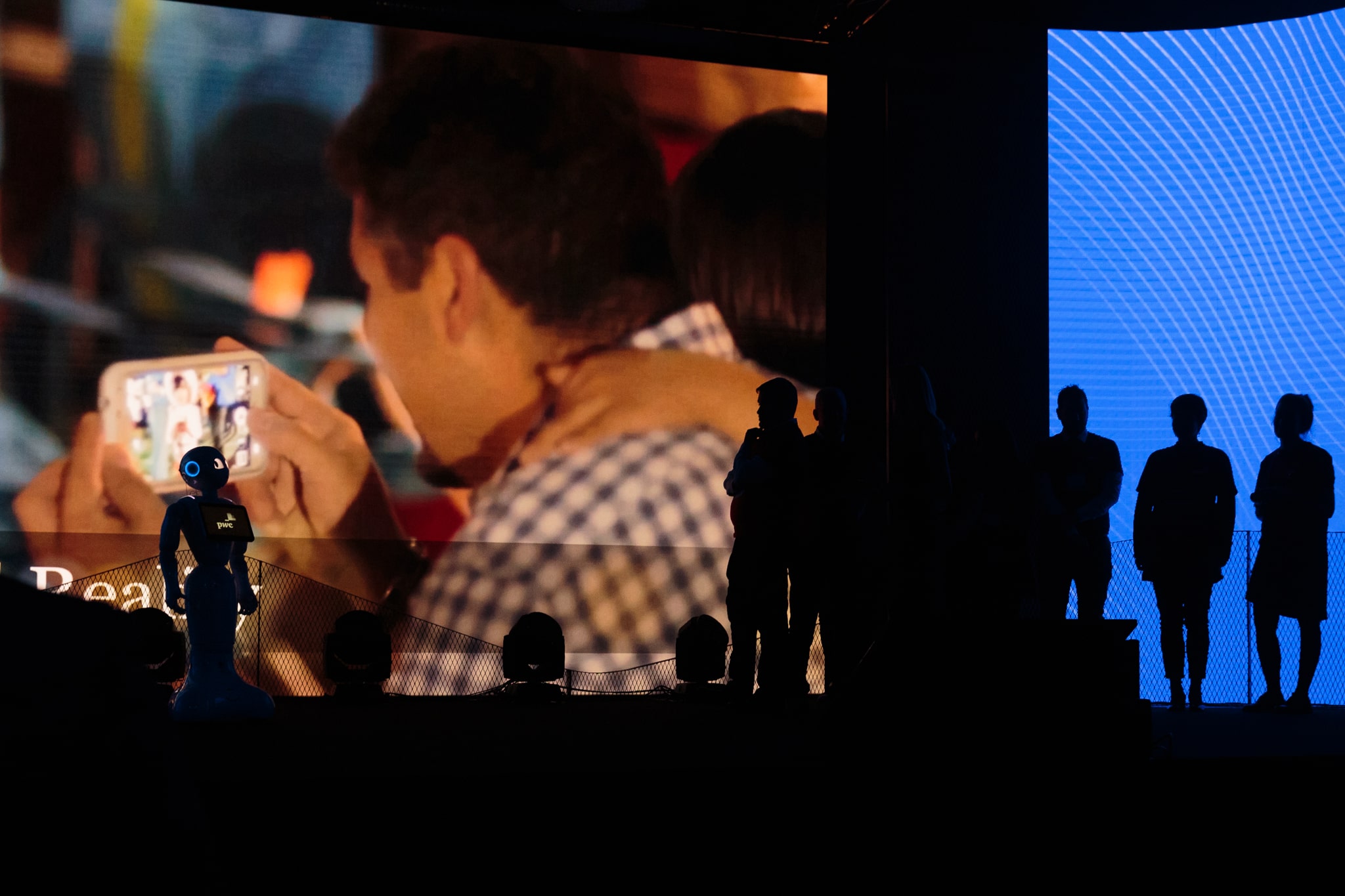- Home
- The Evolution of Artificial Intelligence in UX Design


How AI Enhances Personalisation in UX Design
Personalisation is a crucial aspect of modern digital experiences, and AI plays a significant role in enhancing it within UX design. AI algorithms and machine learning empower designers to analyse vast amounts of user data, generating valuable insights and delivering highly personalised experiences. AI-driven personalisation tracks user behaviour, preferences, and interactions in real time, allowing designers to create dynamic and adaptive interfaces that anticipate user needs and provide relevant suggestions. Moreover, AI-powered chatbots and virtual assistants simulate human-like conversations, understand user intent, and offer personalised support, ultimately enhancing the user experience and lightening the load on customer service.AI in UX Writing, Interviews, Surveys, and Usability Testing
AI applications can go beyond personalisation and impact various UX/UI design processes. In UX writing, AI-powered tools use natural language processing to generate persuasive text for digital platforms, saving time and ensuring message consistency. AI is transforming user interviews and surveys through the use of chatbots that conduct automated interviews or surveys, gathering qualitative and quantitative data while eliminating human biases. Furthermore, AI algorithms are integrated into usability testing, providing insights through eye-tracking technology and sentiment analysis. These AI applications in UX design simplify processes, gather valuable information, and enhance overall user experiences.AI-Powered Chatbots and Virtual Assistants
As mentioned earlier, AI-powered chatbots and virtual assistants are becoming increasingly prevalent in UX design. These conversational agents offer instant assistance, answer user questions, and guide them through complex processes. AI-based chatbots use natural language processing and machine learning to understand user intent, provide personalised support, and offer relevant information. By integrating AI-powered chatbots, designers boost user engagement, optimise customer support, and create conversational and interactive user experiences.Automatic Design Generation
AI automates certain aspects of the design generation process, helping designers create layouts, visual elements, and interactive components. AI algorithms analyse design patterns, best practices, and user preferences to generate design options and recommendations. These AI-powered tools simplify the design process, offer design variations, and help designers quickly explore different possibilities. AI-supported automatic design generation promotes creativity, speeds up prototyping, and aids designers in decision-making.
Image and Object Recognition
AI-powered image and object recognition technologies have a significant impact on UX design. These algorithms analyse visual content to identify objects, scenes, or patterns. Image recognition allows designers to create visually engaging experiences that dynamically adapt to users' visual inputs. AI can recognise specific products in an image and provide relevant information or recommendations, enhancing the user experience and enabling interactive visual search functionality.Emotion Recognition and Sentiment Analysis
AI algorithms analyse facial expressions, voice tone, and user behaviour to recognise emotions and sentiments. Designers can create emotionally intelligent experiences that respond and adapt to users' emotional states. Leveraging emotion recognition and sentiment analysis, UX designers personalise interfaces, content, and interactions to evoke specific emotional responses or provide appropriate support. This emotion-based personalisation enhances user engagement, empathy, and overall satisfaction.Data-Driven Decision-Making
AI facilitates data-driven decision-making by analysing large amounts of data and extracting meaningful insights. AI-based analytics tools gather user data, conduct A/B tests, and measure the effectiveness of design elements. AI algorithms identify usage patterns, pinpoint usability issues, and provide concrete recommendations for optimisation. AI-supported data-driven decision-making allows designers to make informed design decisions, iterate designs based on user feedback, and continually improve the user experience.
Future Predictions: How AI Will Shape UX Design
Looking ahead, AI will continue to shape the landscape of UX design. Predictions include advanced personalisation based on diverse data sources, augmented design assistance, voice and gesture interfaces, and emotionally intelligent experiences. AI technologies will enable designers to create seamless digital experiences that seamlessly adapt to individual needs, foster creativity, and enhance overall user satisfaction. In conclusion, AI has emerged as a powerful tool in UX design, revolutionising personalisation and offering numerous other applications. From AI-driven chatbots and automatic design generation to image recognition and data-driven decisions, AI empowers designers to create more interactive, personalised, and emotionally engaging user experiences.
Don't Waste Your Talent. Turn It Into a Career With a Course That Fits Your Needs!
Keep reading

Human-Centered Design Process: explanation and methodologies

The Ultimate Guide to Artificial Intelligence

Meet our Students: Luisa Redini - UX Design Part Time Course

